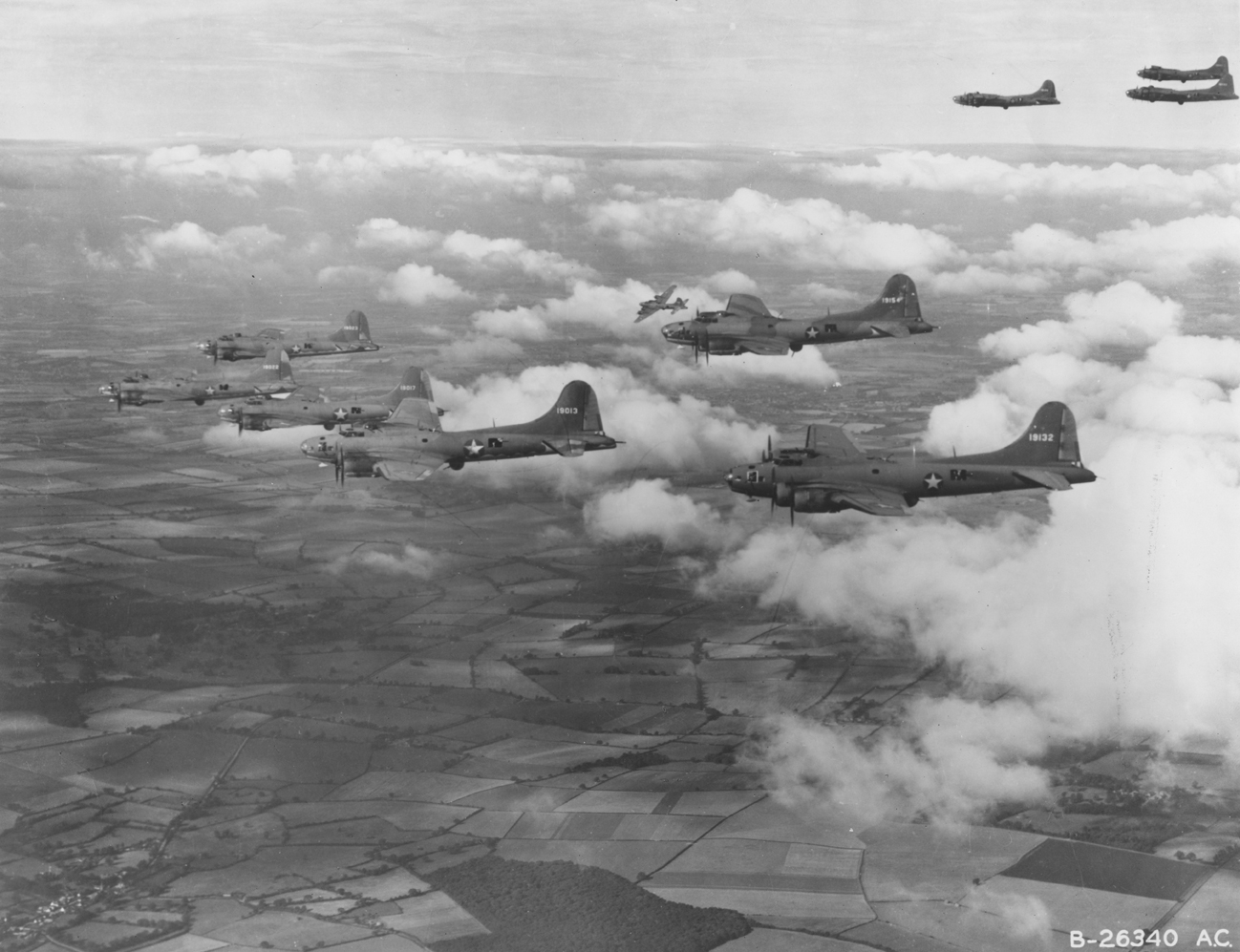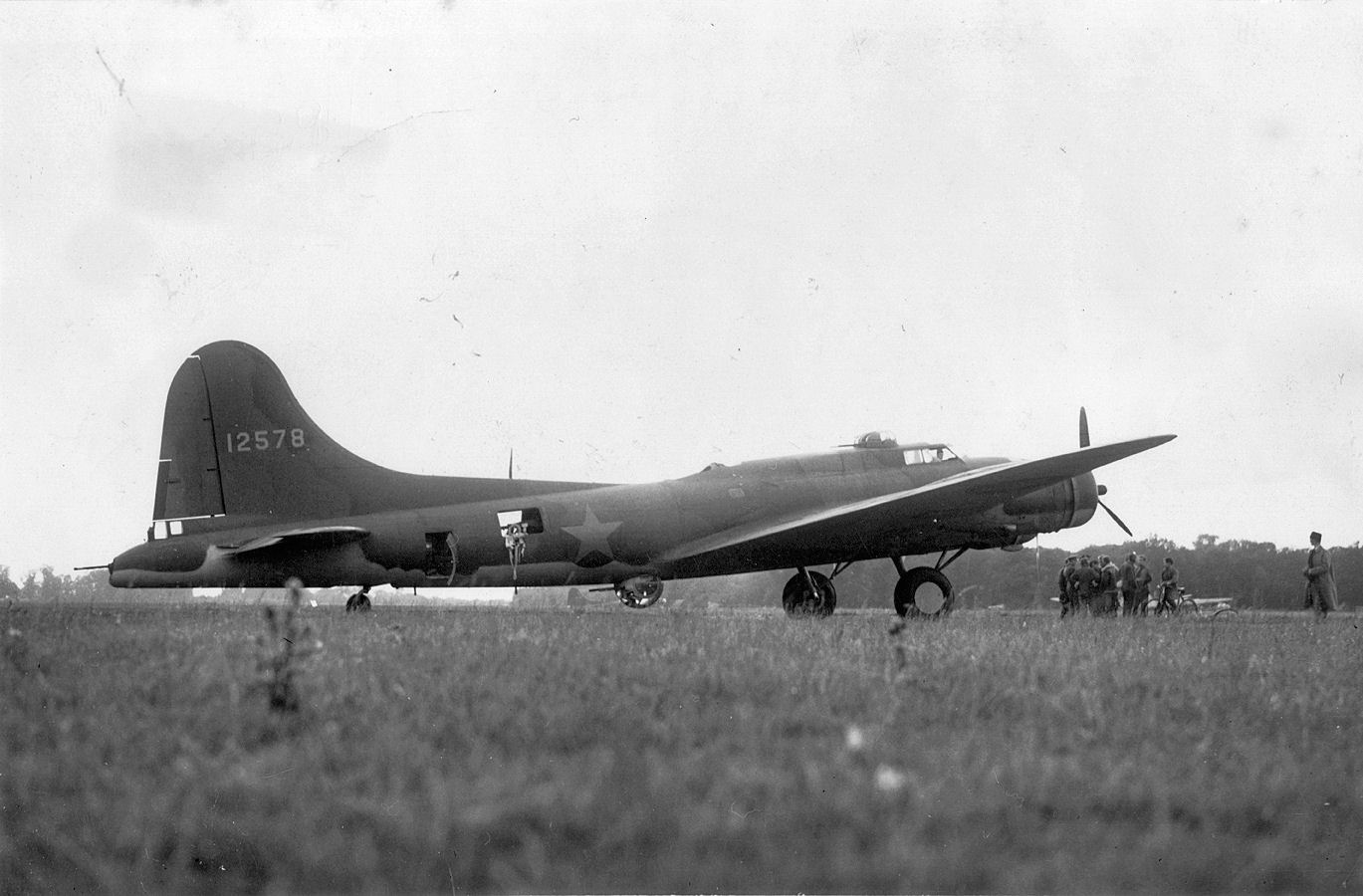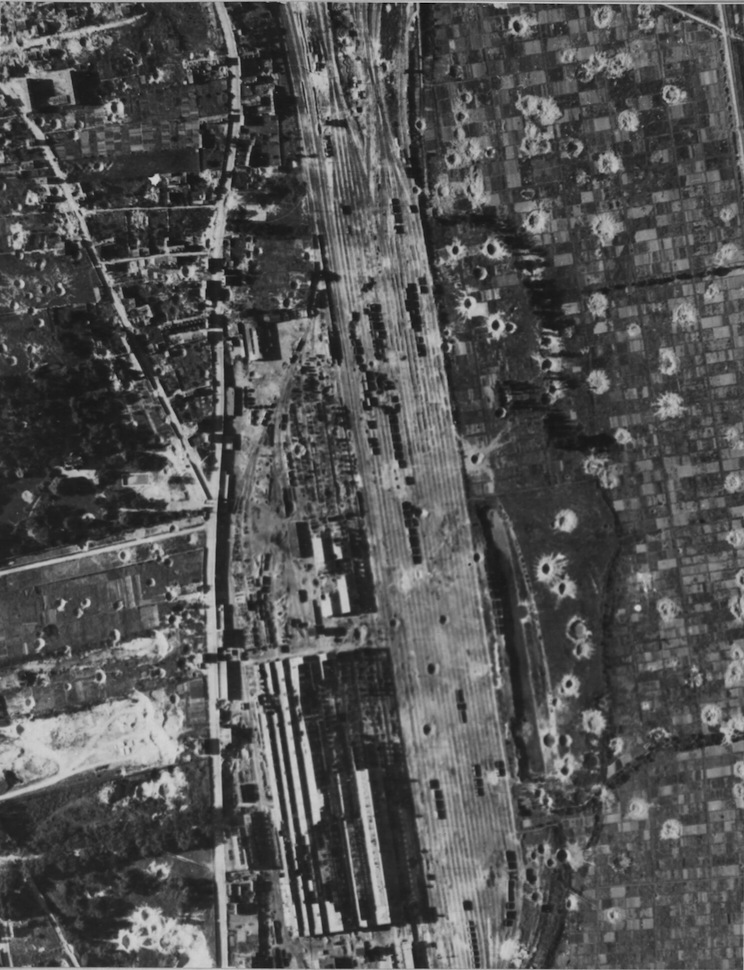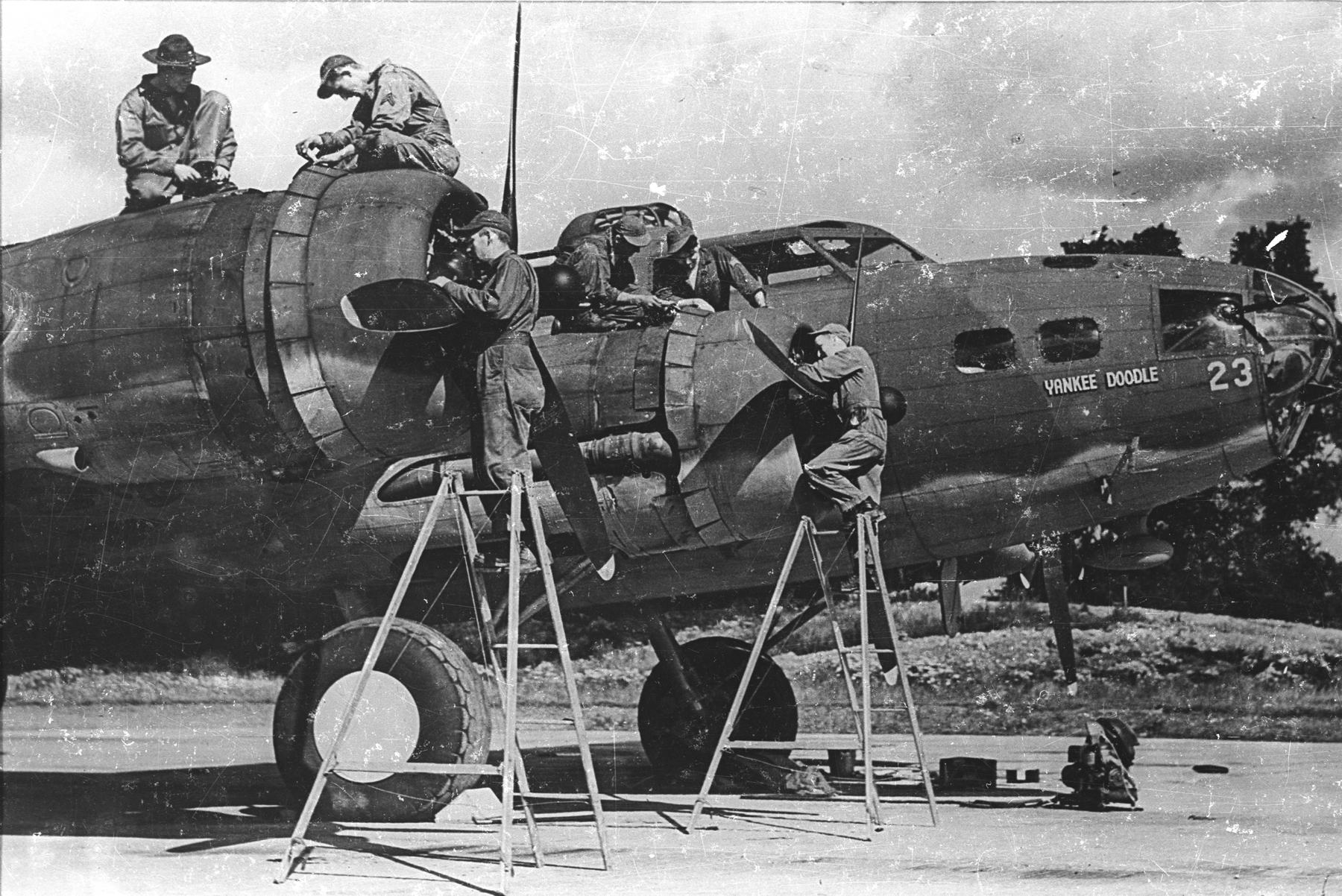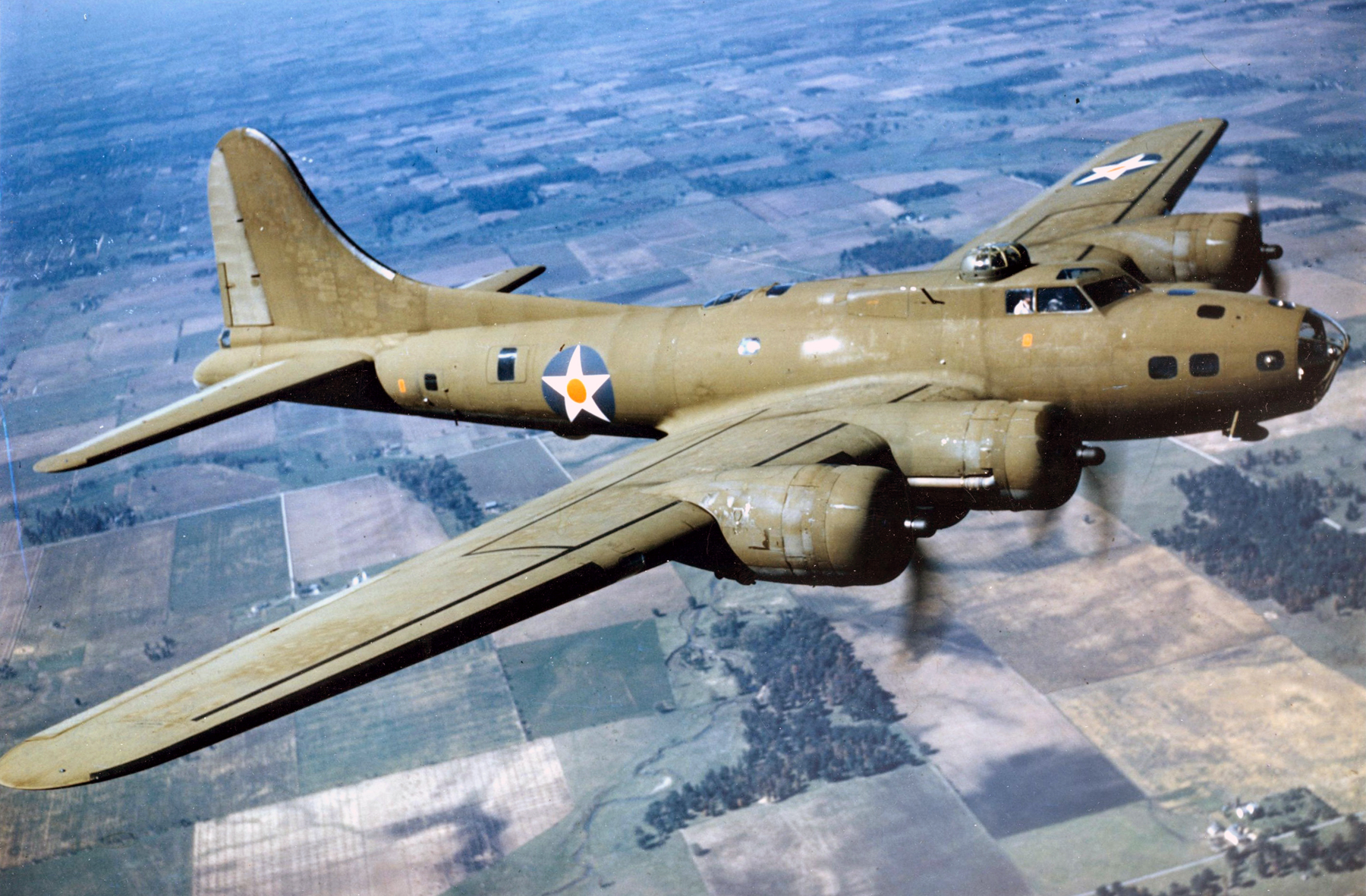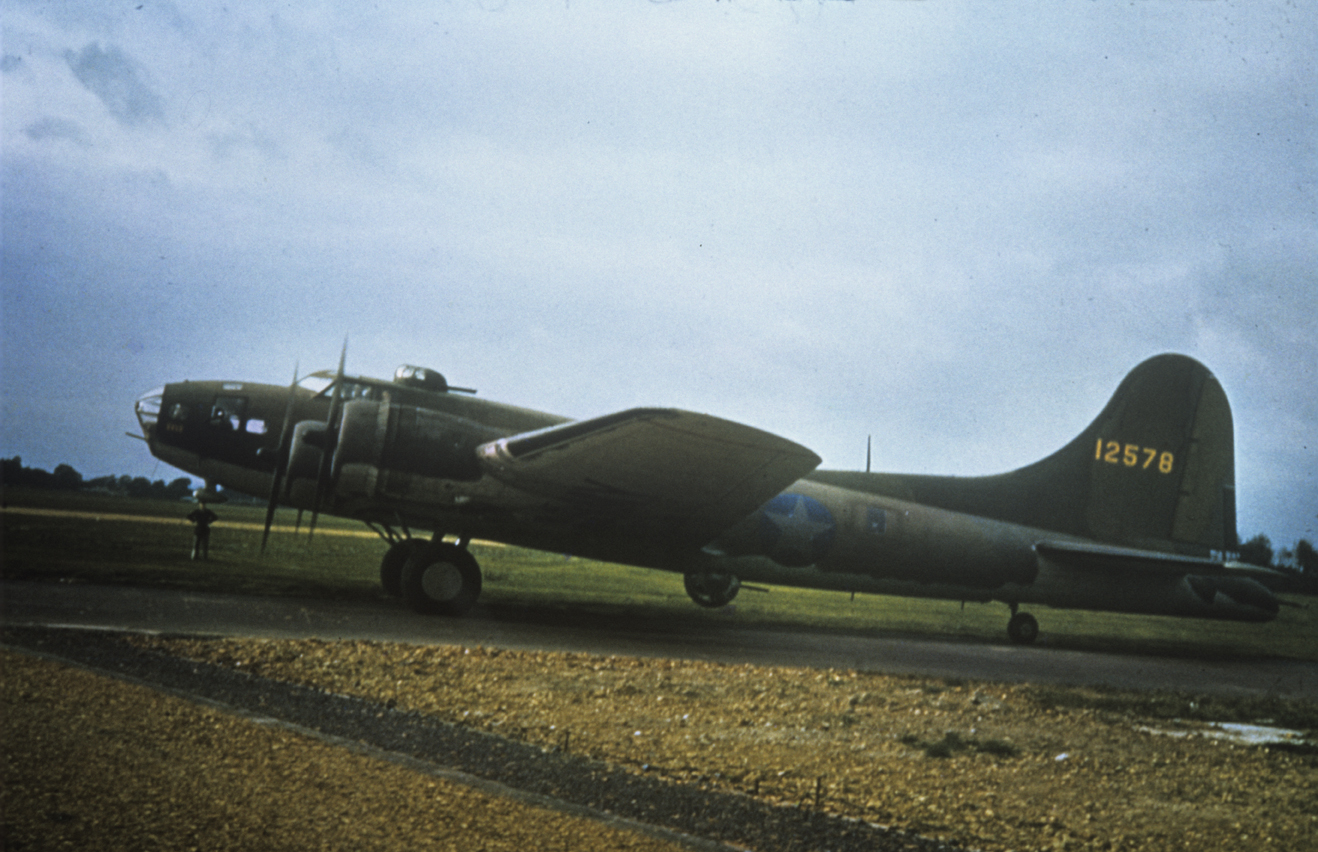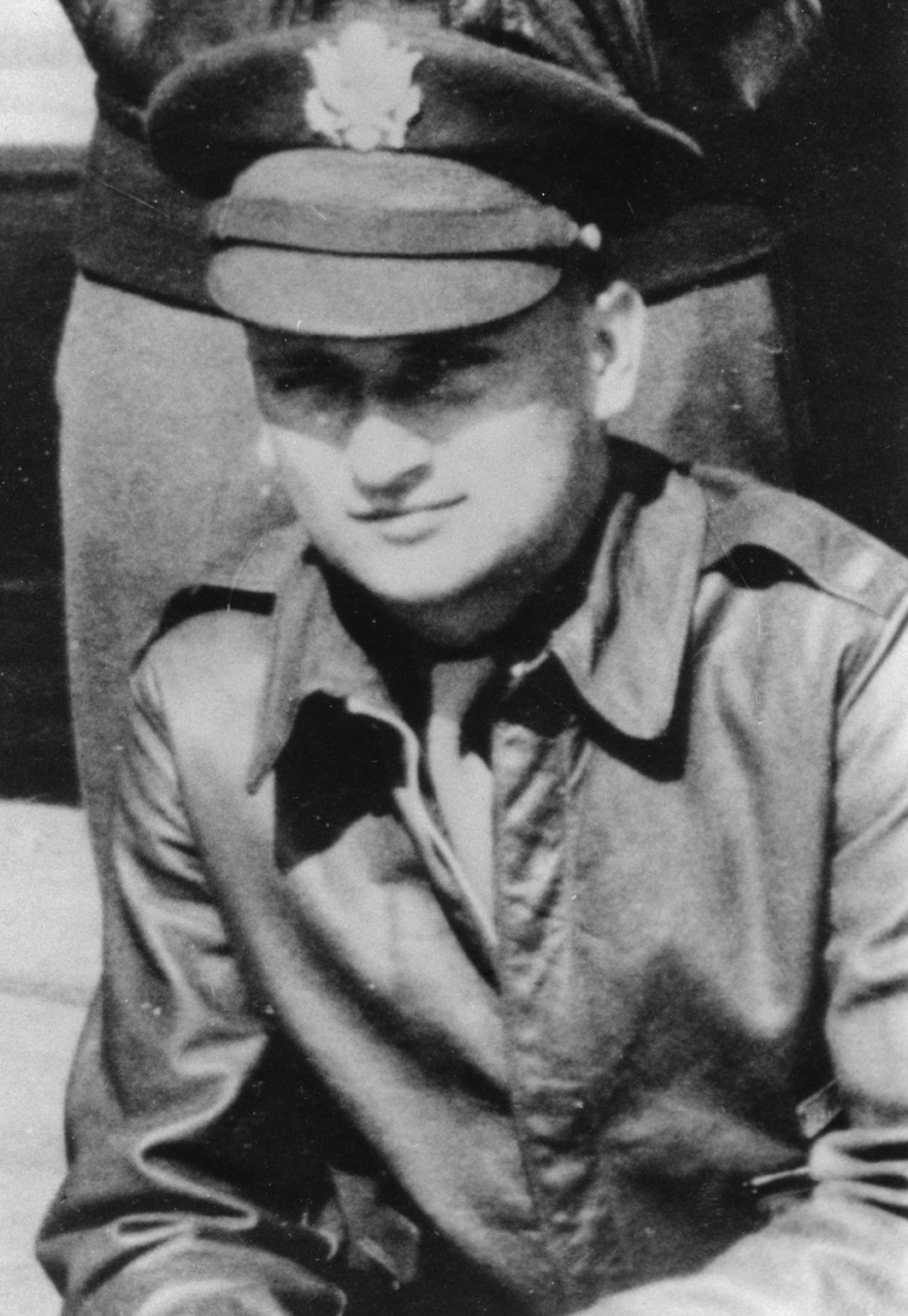
MEDAL OF HONOR
TRUEMPER, WALTER E. (Air Mission)
Rank and organization: Second Lieutenant, U.S. Army Air Corps. 510th Bomber Squadron, 351st Bomber Group.
Place and date: Over Europe, 20 February 1944.
Entered service at: Aurora, Ill. Born: 31 October 1918, Aurora, Ill.
G.O. No.: 52, 22 June 1944.
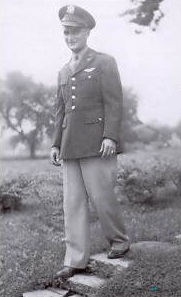
Citation: For conspicuous gallantry and intrepidity at risk of life above and beyond the call of duty in action against the enemy in connection with a bombing mission over enemy-occupied Europe on 20 February 1944. The aircraft on which 2d Lt. Truemper was serving as navigator was attacked by a squadron of enemy fighters with the result that the copilot was killed outright, the pilot wounded and rendered unconscious, the radio operator wounded and the plane severely damaged Nevertheless, 2d Lt. Truemper and other members of the crew managed to right the plane and fly it back to their home station, where they contacted the control tower and reported the situation. 2d Lt. Truemper and the engineer volunteered to attempt to land the plane. Other members of the crew were ordered to jump, leaving 2d Lt. Truemper and the engineer aboard. After observing the distressed aircraft from another plane, 2d Lt. Truemper’s commanding officer decided the damaged plane could not be landed by the inexperienced crew and ordered them to abandon it and parachute to safety. Demonstrating unsurpassed courage and heroism, 2d Lt. Truemper and the engineer replied that the pilot was still alive but could not be moved and that they would not desert him. They were then told to attempt a landing. After 2 unsuccessful efforts their plane crashed into an open field in a third attempt to land. 2d Lt. Truemper, the engineer, and the wounded pilot were killed.
MEDAL OF HONOR
MATHIES, ARCHIBALD (Air Mission)
Rank and organization: Sergeant, U .S. Army Air Corps, 510th Bomber Squadron, 351st Bomber Group.
Place and date: Over Europe, 20 February 1944.
Entered service at: Pittsburgh, Pa. Born: 3 June 1918, Scotland.
G.O. No.: 52, 22 June 1944.
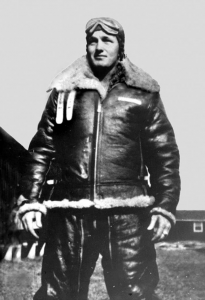
Citation: For conspicuous gallantry and intrepidity at risk of life above and beyond the call of duty in action against the enemy in connection with a bombing mission over enemy-occupied Europe on 20 February 1944. The aircraft on which Sgt. Mathies was serving as engineer and ball turret gunner was attacked by a squadron of enemy fighters with the result that the copilot was killed outright, the pilot wounded and rendered unconscious, the radio operator wounded and the plane severely damaged. Nevertheless, Sgt. Mathies and other members of the crew managed to right the plane and fly it back to their home station, where they contacted the control tower and reported the situation. Sgt. Mathies and the navigator volunteered to attempt to land the plane. Other members of the crew were ordered to jump, leaving Sgt. Mathies and the navigator aboard. After observing the distressed aircraft from another plane, Sgt. Mathies’ commanding officer decided the damaged plane could not be landed by the inexperienced crew and ordered them to abandon it and parachute to safety. Demonstrating unsurpassed courage and heroism, Sgt. Mathies and the navigator replied that the pilot was still alive but could not be moved and they would not desert him. They were then told to attempt a landing. After two unsuccessful efforts, the plane crashed into an open field in a third attempt to land. Sgt. Mathies, the navigator, and the wounded pilot were killed.
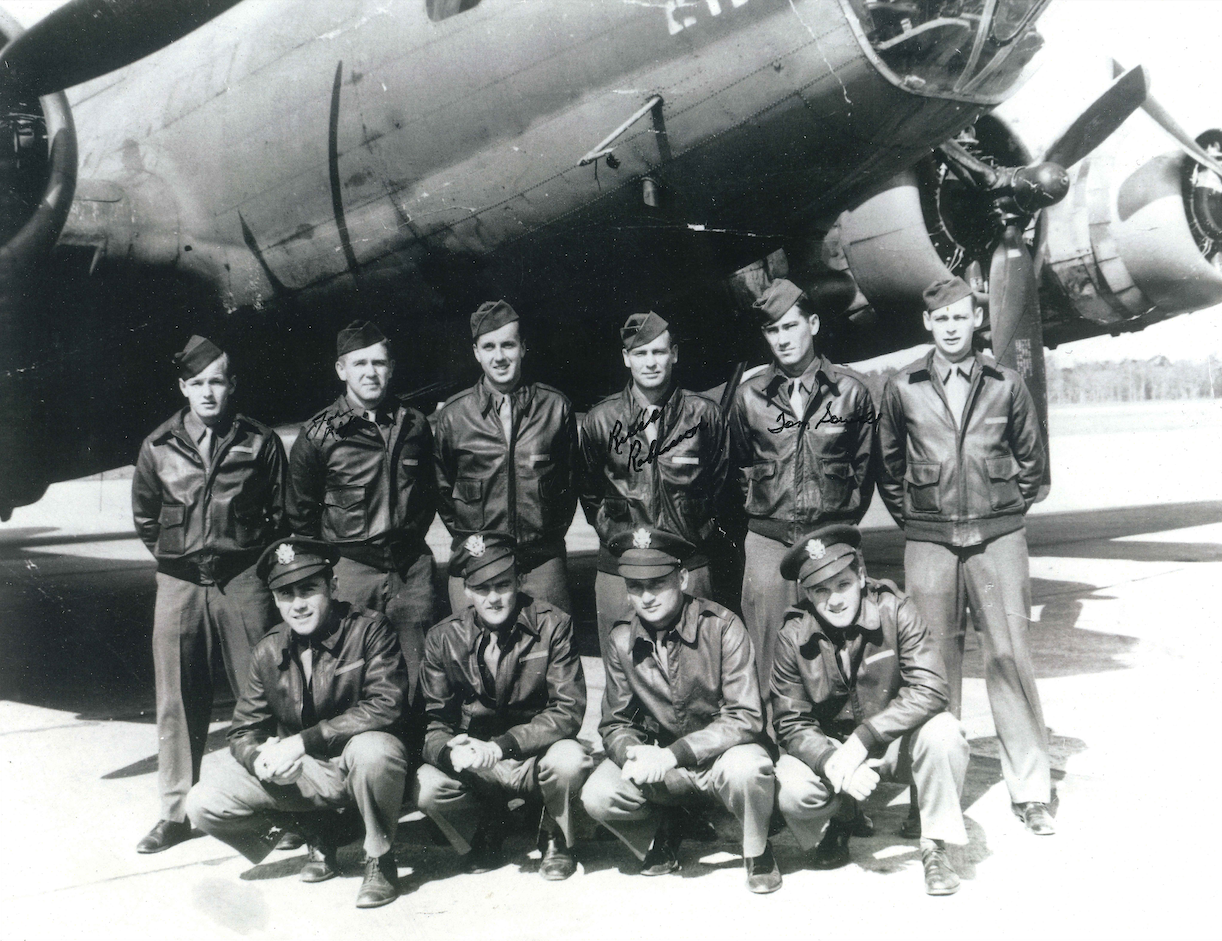
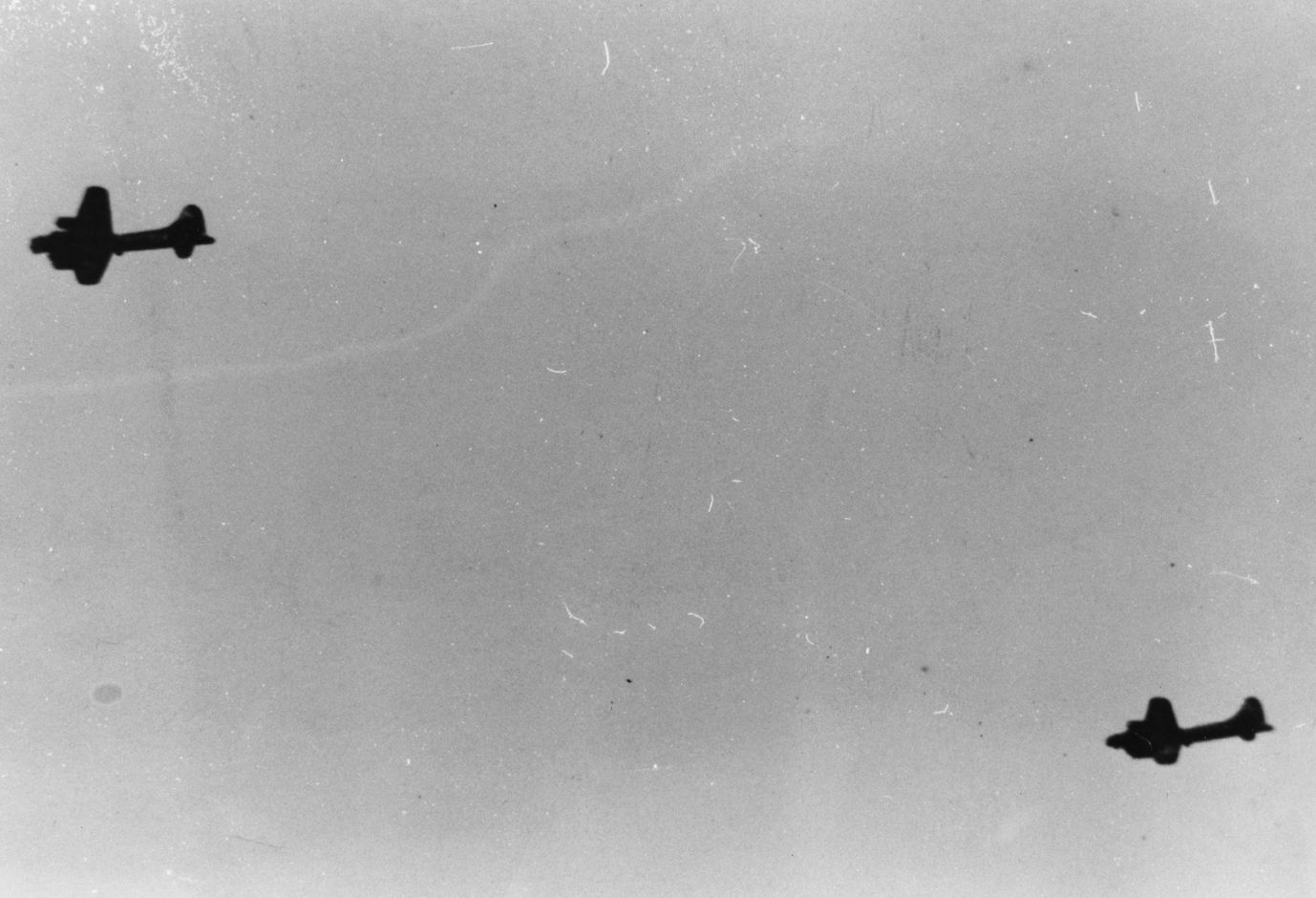
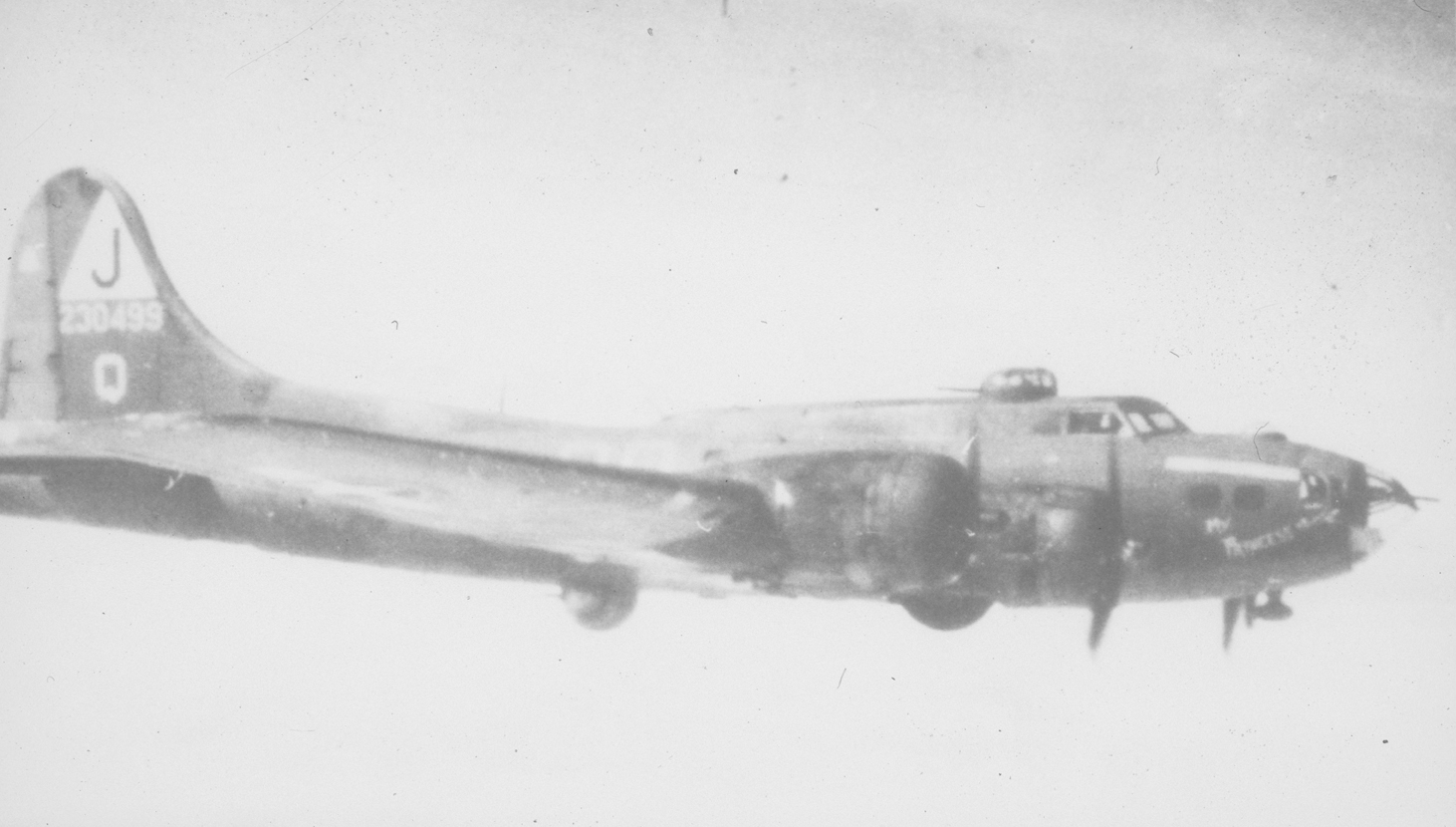
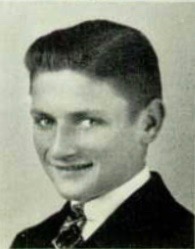
Walter Edward Truemper was born 31 October 1918 at Aurora, Illinois. He was the eighth of ten children of Henry Edward Truemper, a cigar maker, and Friedericke Engel Truemper, both immigrants from Hesse, Germany.
Walter attended East Aurora High School. He was on the Honor Roll for four consecutive years. He was also a member of the Deutsche Verein (the German Club) and the Debate Team. He graduated in 1938. Truemper then attended Northwestern University at Evanston, Illinois.
Truemper enlisted in the Air Corps, United States Army, at Chicago, Illinois, 23 June 1942. He was described as being 5 feet, 9 inches (1.75 meters) tall and weighed 143 pounds (64.9 kilograms). Selected as an aviation cadet, he attended a navigator training course and aerial gunnery training at Harlingen Army Air Field, Texas. On completion, Truemper was commissioned as a second lieutenant, Army of the United States (A.U.S.). 26 August 1943. He was then assigned to the 796th Bombardment Squadron, 496th Bombardment Group at Alexandria, Louisiana, for combat crew training.
Lieutenant Truemper deployed to England in December 1943, and joined the 510th Bombardment Squadron (Heavy), 351st Bombardment Group (Heavy), based at RAF Polebrook (USAAF Station110) in Northamptonshire, England.
The Medal of Honor was presented to Lieutenant Truemper’s mother by Brigadier General R. E. O’Neill at the Truemper family’s home, 4 July 1944.
Second Lieutenant Walter Edward Truemper’s remains were returned to the United States and interred at St. Paul’s Lutheran cemetery, Aurora, Illinois.
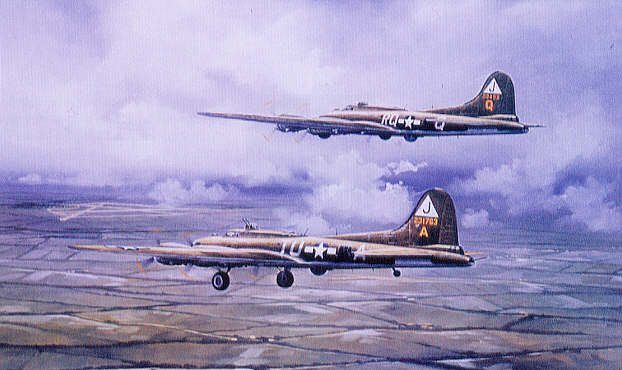
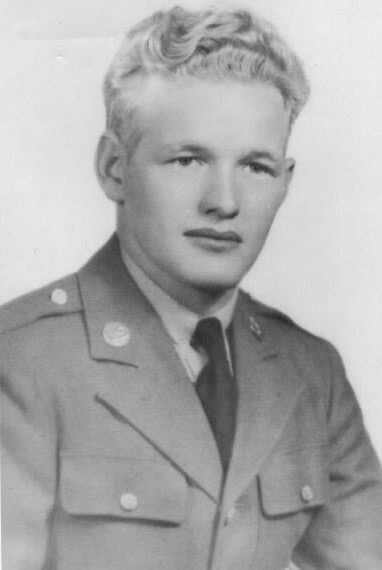
Archibald Collins Hamilton was born 3 June 1918 in Stonehouse, Lanarkshire, Scotland. He was the second of two sons of William Young Muir Hamilton and Mary Scott Collins Hamilton. Mr. Hamilton died in 1919. Mrs. Hamilton married William James Mathies in 1921. The new family emigrated to the United States, sailing from Glasgow aboard R.M.S. Cameronia 6 October 1921, and arriving at the port of New York, 16 October 1921.
Archie Mathies ¹ attended Monongahela High School, graduating in 1937.
By 1940, Archie was using his step-father’s name. He worked for the Pittsburgh Coal Company at Finleyville, Pennsylvania. Archibald Mathies enlisted in the United States army at Pittsburgh, 30 December 1940. He was blond with gray eyes. He was 5 feet, 4 inches (1.63 meters) tall and weighed 150 pounds (68 kilograms).
Staff Sergeant Archibald Hamilton Mathies’ remains were returned to the United States and interred at the Finleyville Cemetery.
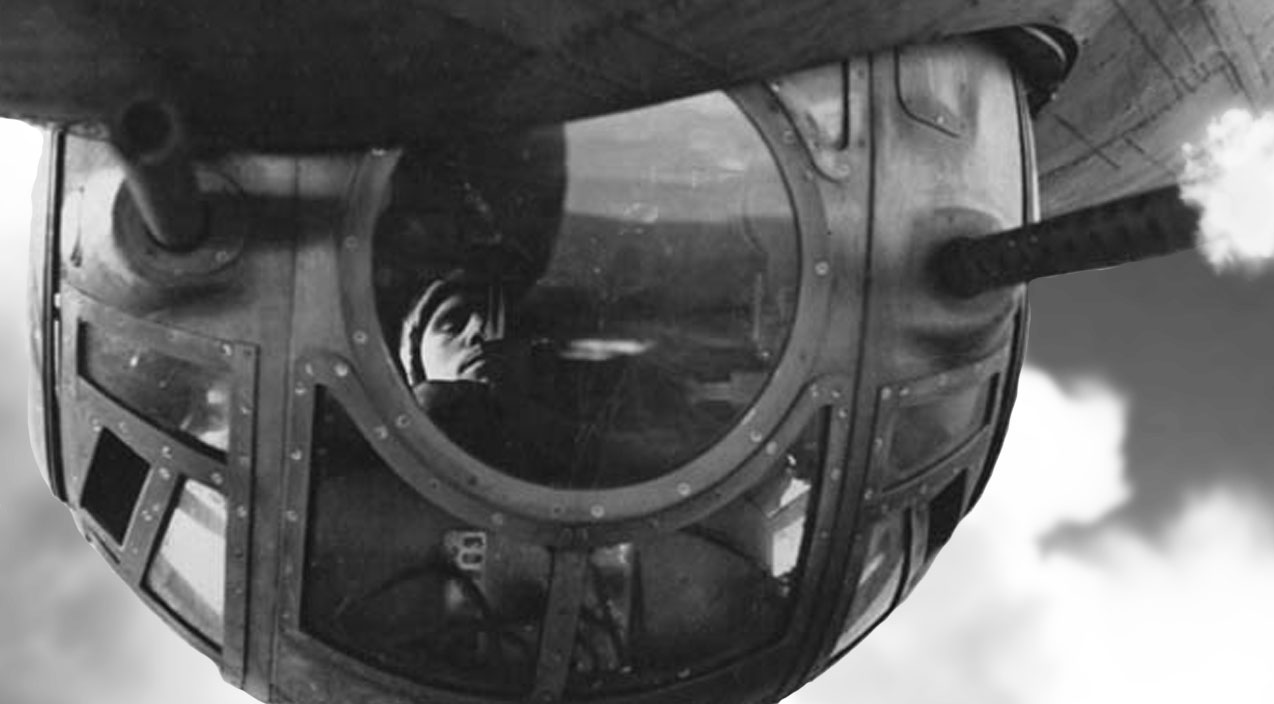
¹ When he arrived at the Port of New York, Sergeant Mathies, along with his brother, was identified by the surname Hamilton. It is not known if his name was ever legally changed to Mathies.
© 2019, Bryan R. Swopes
